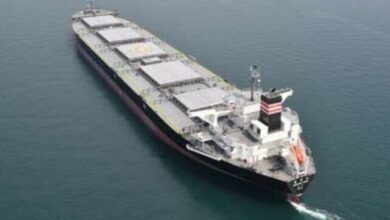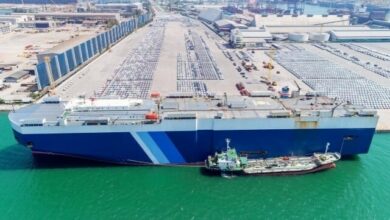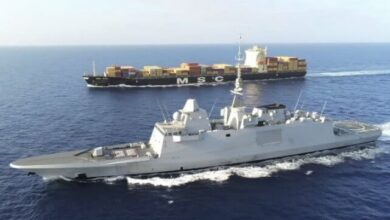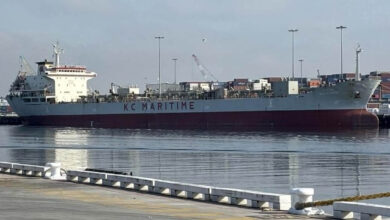Shipping Must Look Beyond Fuel as 2020s is Critical in Decarbonization
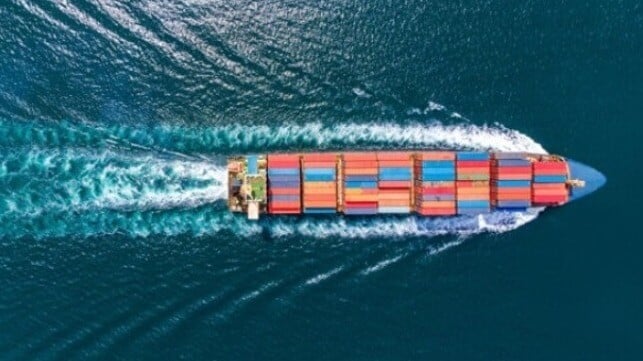
The current decade is a critical one for the shipping industry on its course to net zero, but in its latest outlook report, DNV concludes the progress is slow and the industry faces significant challenges. In their new iteration of the Maritime Forecast to 2050, DNV outlines challenges including costs, an expected shortage of low-carbon fuels, a lack of infrastructure, and the need to share the investment to develop new technologies.
“The 2020s is proving to be the decisive decade for the decarbonization of shipping,” writes DNV pointing to the emergence of the latest regulations from the European Union and the International Maritime Organization’s revised goals. “Focusing on fuel alone can distract us from making an impact this decade, and ambitious future declarations are not good enough. What we need is tangible actions that will reduce emissions,” said Knut Ørbeck-Nilssen, CEO of DNV Maritime.
DNV points out that the large-scale transition to new fuels is underway. As an example, the report cites that half the orders tonnage will now be capable of using LNG, LPG, or methanol-dual fuel engines. This compares they said with a third of the orders last year. Further, 6.5 percent of the tonnage in operation can now operate on alternative fuels, up from 5.5 percent a year ago.
While those numbers are seen as a signal that the industry has begun to move, DNV compares the speed of the change to that of a supertanker coming about. They highlight that overall, only 0.1 percent of the fuel used by merchant shipping is biofuels currently.
They warn the clock is ticking louder for the efforts to identify, define, and resolve barriers to successfully and safely decarbonize. However, they recognize that decarbonization will increase costs for individual shipowners for technology, fuels, and carbon pricing, which will all impact the commercial attractiveness and long-term profitability of the operations. Careful consideration they say will be required to avoid unattractive or stranded assets.
DNV believes that a dependence on low-carbon alternative fuels alone with not be enough highlighting that the shipping industry will face competition from aviation and road transportation in particular as well as other industrial users that are also considered to be hard to decarbonize. The report calculates by 2030 the shipping industry would require 17 million tonnes of carbon-neutral fuels. That would represent 30 to 40 percent of the expected available production.
The report reiterates basic measures that should be implemented to achieve immediate fuel savings. Among the energy-efficiency measures they highlight are speed reduction, route optimization, and hull and propeller cleaning. They also point to smart and digital technologies. Still, they also point to an urgent need for low-emission technologies.
DNV selected six technologies that are increasingly drawing attention and adoption in the industry examining them and developing scenarios. The ones they focused on are solid oxide fuel cells, liquified hydrogen, wind-assisted propulsion, and air lubrication systems to reduce hull drag.
The other technologies they looked at are longer-term including onboard carbon, which DNV remains skeptical of despite progress on various tests. They however did find onboard carbon capture can be operationally feasible in their scenario for a large container vessel. Still, they highlight the lack of the infrastructure to handle CO2 captured aboard ships. They also look at the potential of expanding nuclear propulsion from military applications into the commercial industry. They report there would be a “long road to travel before nuclear can be scaled.”
They conclude that the maritime industry needs to adopt an integrated approach that incorporates the evolution of regulations, fuel supply, and technologies. DNV believes the cost of decarbonization must be carried through the maritime value chain and points to mechanisms such as green corridors as providing support during this critical decade.
The complete report is available online.





